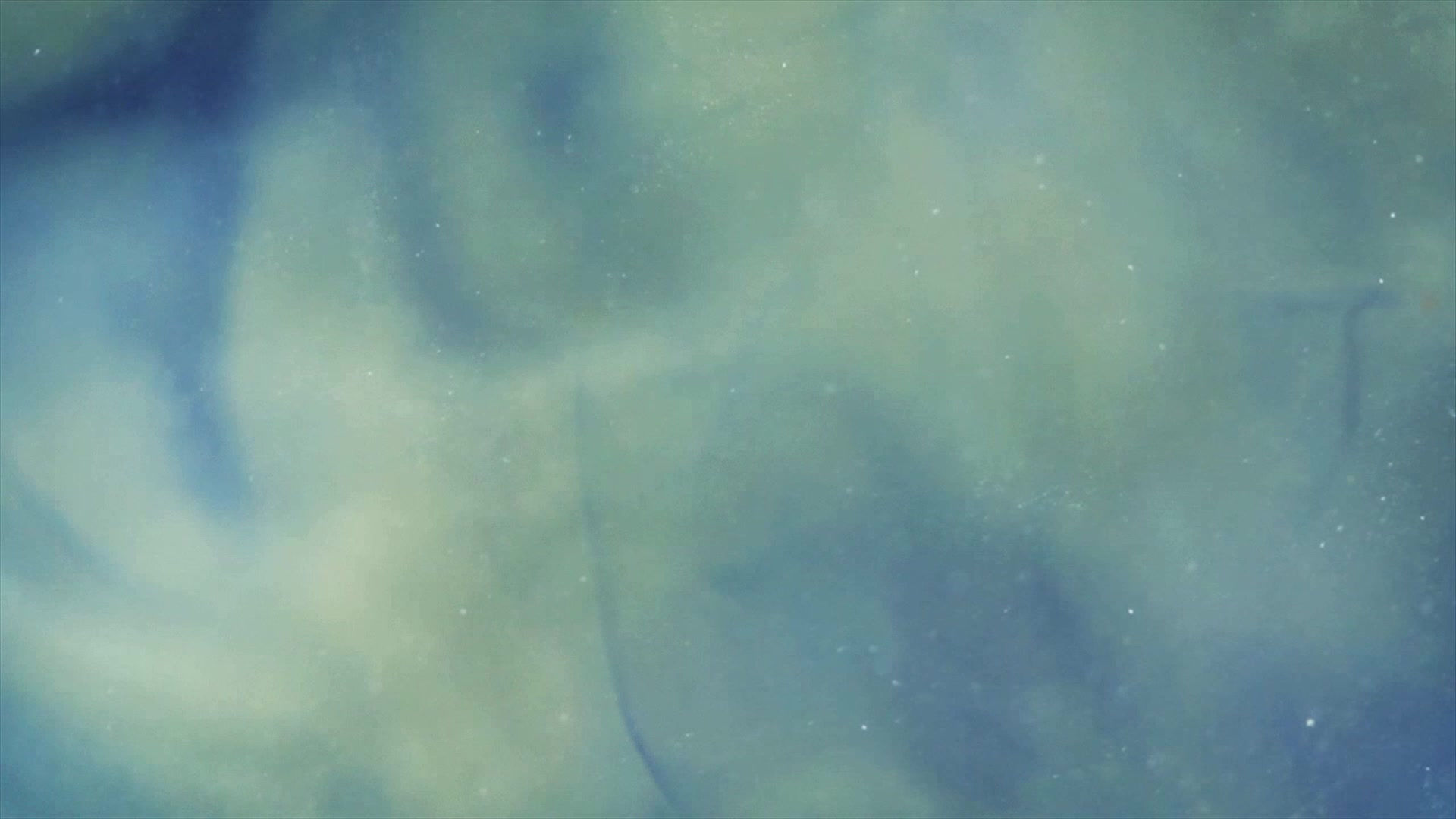What the common club moss do ?
- seagatewellness
- Oct 16, 2019
- 3 min read
Weekend hiking around the lake, found this herb, common club moss. One of the ingredients in the Mugwort herbal bath.
Let's have a look what they can do for us: Common Club Moss Latin name: Lycopodium clavatum Medicinal use of Common Club Moss: A decoction of the plant is analgesic, antirheumatic, carminative, mildly diuretic, stomachic and tonic. It is used internally in the treatment of urinary and kidney disorders, rheumatic arthritis, catarrhal cystitis, gastritis etc. It is applied externally to skin diseases and irritations. The plant can be harvested all year round and is used fresh or dried. The spores of this plant are antipruritic, decongestant, diuretic and stomachic. They are applied externally as a dusting powder to various skin diseases, to wounds or inhaled to stop bleeding noses. They can also be used to absorb fluids from injured tissues. The spores are harvested when ripe in late summer. The spores can also be used as a dusting powder to prevent pills sticking together. A homeopathic remedy is made from the spores. It has a wide range of applications including dry coughs, mumps and rheumatic pains. Source from: http://www.naturalmedicinalherbs.net/…/lycopodium-clavatum=…
Traditionally the common club moss was used for stomach problems and as a diuretic, to remove stones from the bodily organs and for other kidney problems. In the 17th century the use of the whole plant stopped and only the spores were used. The spikes of the plant mature in the months of July and August and the spores have to be shaken out of the plant and this ‘dust’ is used for a number of ailments. For example it was used on the skin for eczema and other skin problems as well as to stop itchiness. It was given to people with rabies to stop their spasms, and also for gout and scurvy. It was also used for rheumatism and applied to wounds as a healing and cleansing agent. The powder has the ability to repel water and to stop things sticking together so it has been used for condoms to prevent the latex sticking together. The plant has also been used as a mordant in dying and the stems were used for matting. The spores have also been used in fireworks and to make artificial lightning. They also have uses in the food industry because of their water and liquid repellant properties. However they can be an allergen and workers in condom factories have developed asthma from using these spores. There has been some clinical research done on these plants but none that is conclusive. They have been touted as being good for Alzheimer’s patients in that they improve memory. They have also been tested as anticancer material but again there is no conclusive evidence to support their use as yet. They can be helpful in respiratory problems it seems and traditionally they have been used to control internal bleeding. They may dispel stones from the urinary tract, and seem to help with skin problems. They are also a diuretic. However more research need to be carried out on these plants, and this is unlikely to be done in the case of the mountain club moss as in some countries it is listed as a threatened species. Source from: http://herbs-treatandtaste.blogspot.com/…/common-and-mounta…
In this formula, relax,soft the sinew, tendon, invigorate the collaterals as external use.






Comments